A Nova Scotia holiday home by MacKay-Lyons Sweetapple draws on its context
Smith House, a complex of three Corten steel and stone pavilions in Nova Scotia, is a private retreat inspired by its locale's nature and history, courtesy of MacKay-Lyons Sweetapple Architects

Not far from the water, among the green nature of Nova Scotia, sits a little cluster of Corten steel gabled roofs. Composed like a minimalist village, or a rural farming complex, made of stark lines and simple materials, this is the work of Canadian architecture practice MacKay-Lyons Sweetapple; and it is in fact, a private vacation home.
This family retreat – Smith House – sits right on the edge of Shobac – Brian MacKay-Lyons' own farm compound on the Atlantic coast, a project the architect has been developing and growing over the course of years. This new house follows a similar approach, comprising three volumes, which feature a simple, almost archetypal house outline.
The cluster is situated within a two-acre plot – a spot historically hosting an old fishing village. The architects' design draws on this history, blending the land and the new design into an arrangement of small buildings, courtyards and paths.
RELATED STORY

The structures' shapes echo the region's vernacular buildings, yet they are made entirely out of modern materials and contemporary technology and fittings. A stone plinth made of local granite grounds the complex and links it intrinsically to its surrounds.
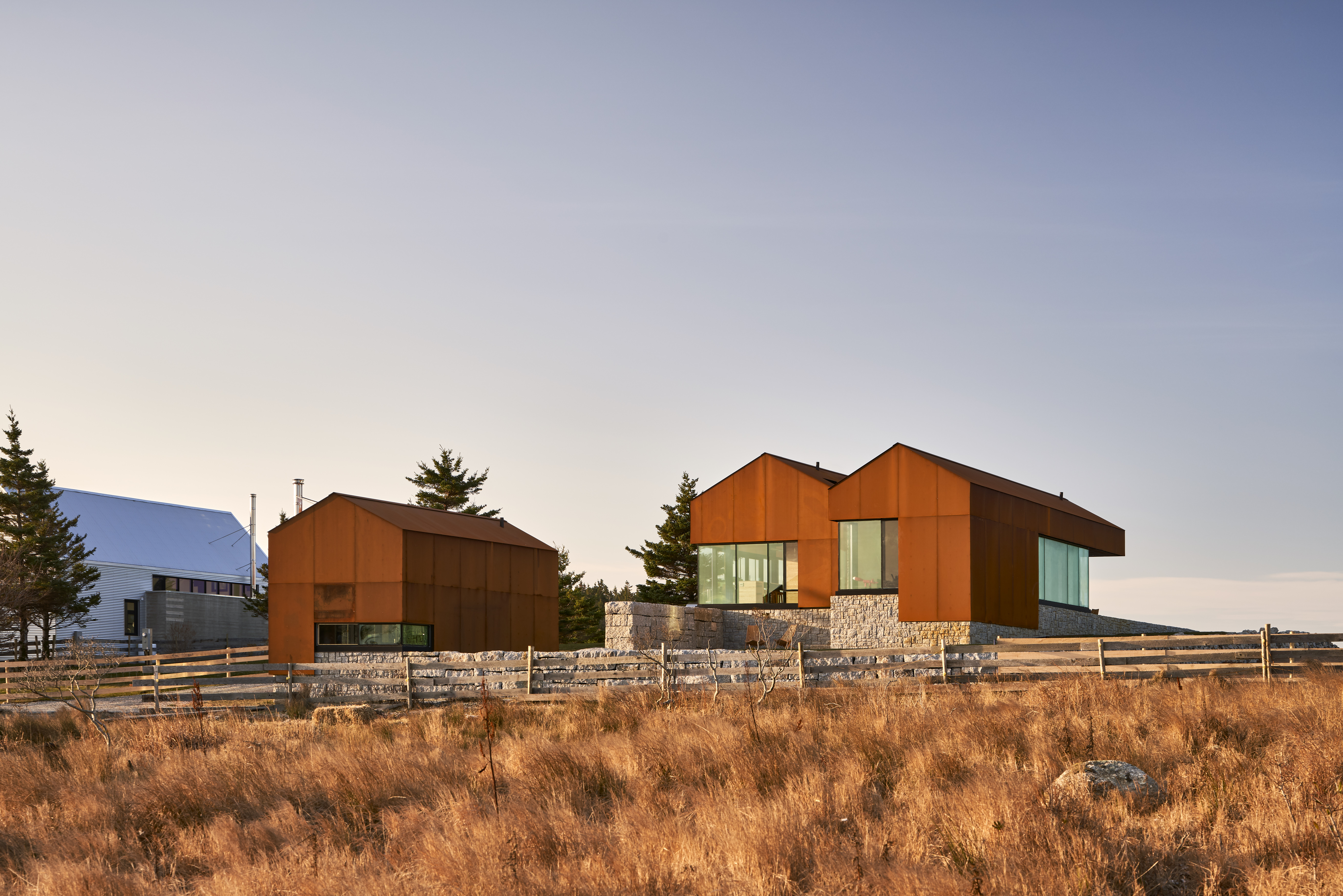
Inside, the ‘pavilions' hold different uses. One contains the master bedroom, with its walk-in wardrobe and en-suite bathroom, the second houses a small studio space, and the third (the largest) was designed with the social aspect in mind, including living room, kitchen and a generous dinning area.
‘At a time when so much of our world is in flux, this is a project that is about timeless archetypes, rather than novelty or fashion,' say the architects. ‘It is less about itself than it is about the landscape cultivated around it'.



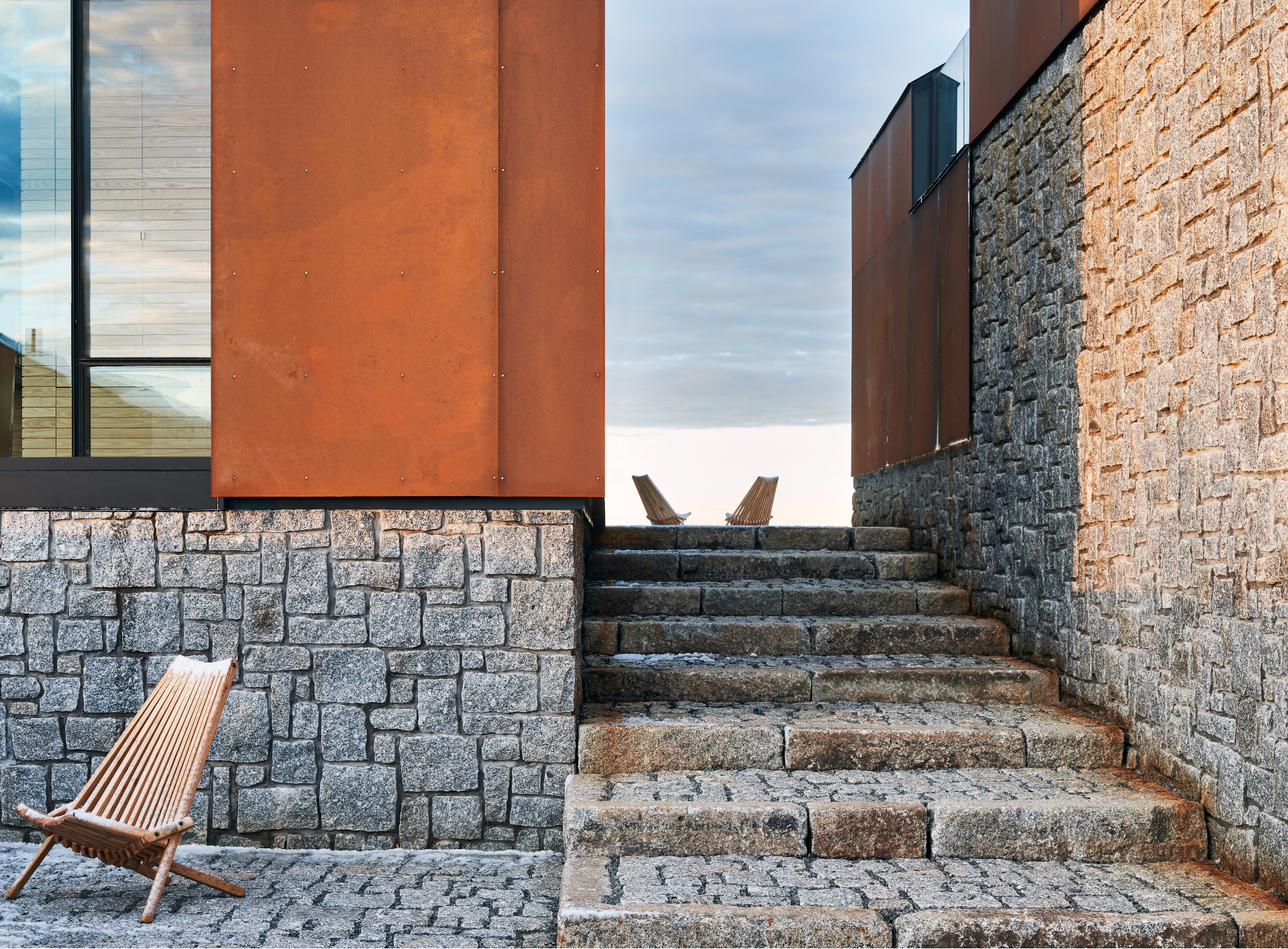

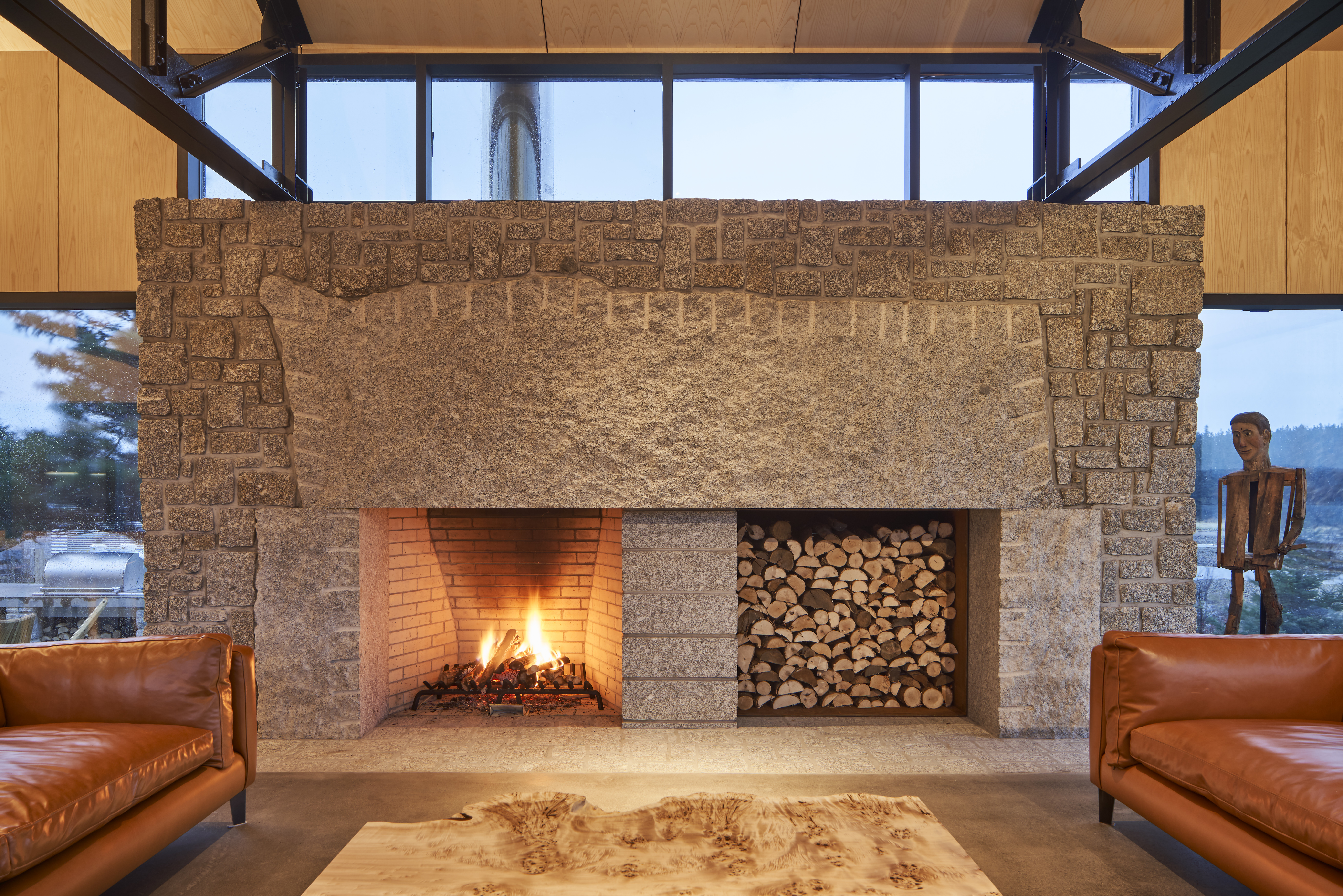
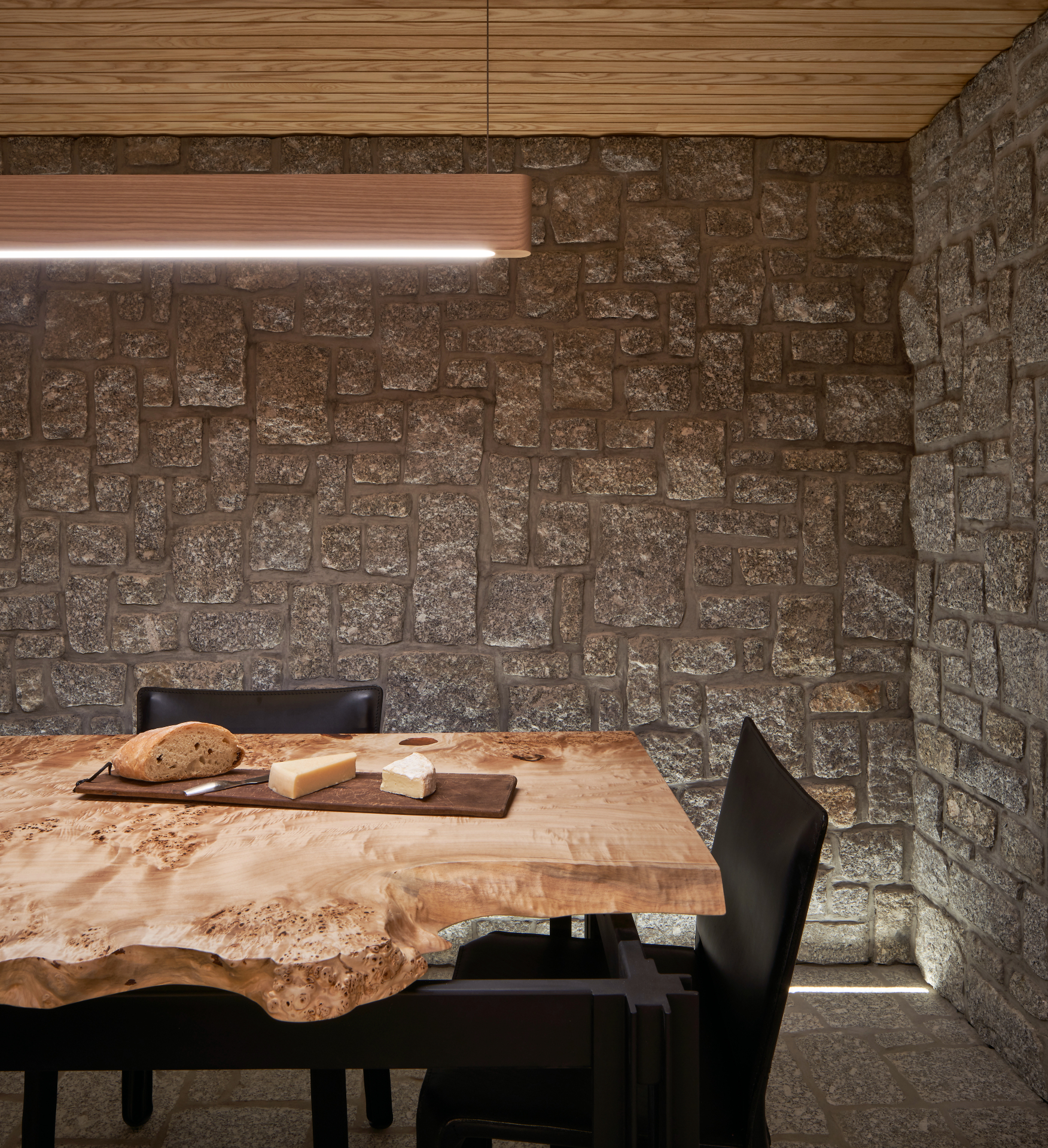
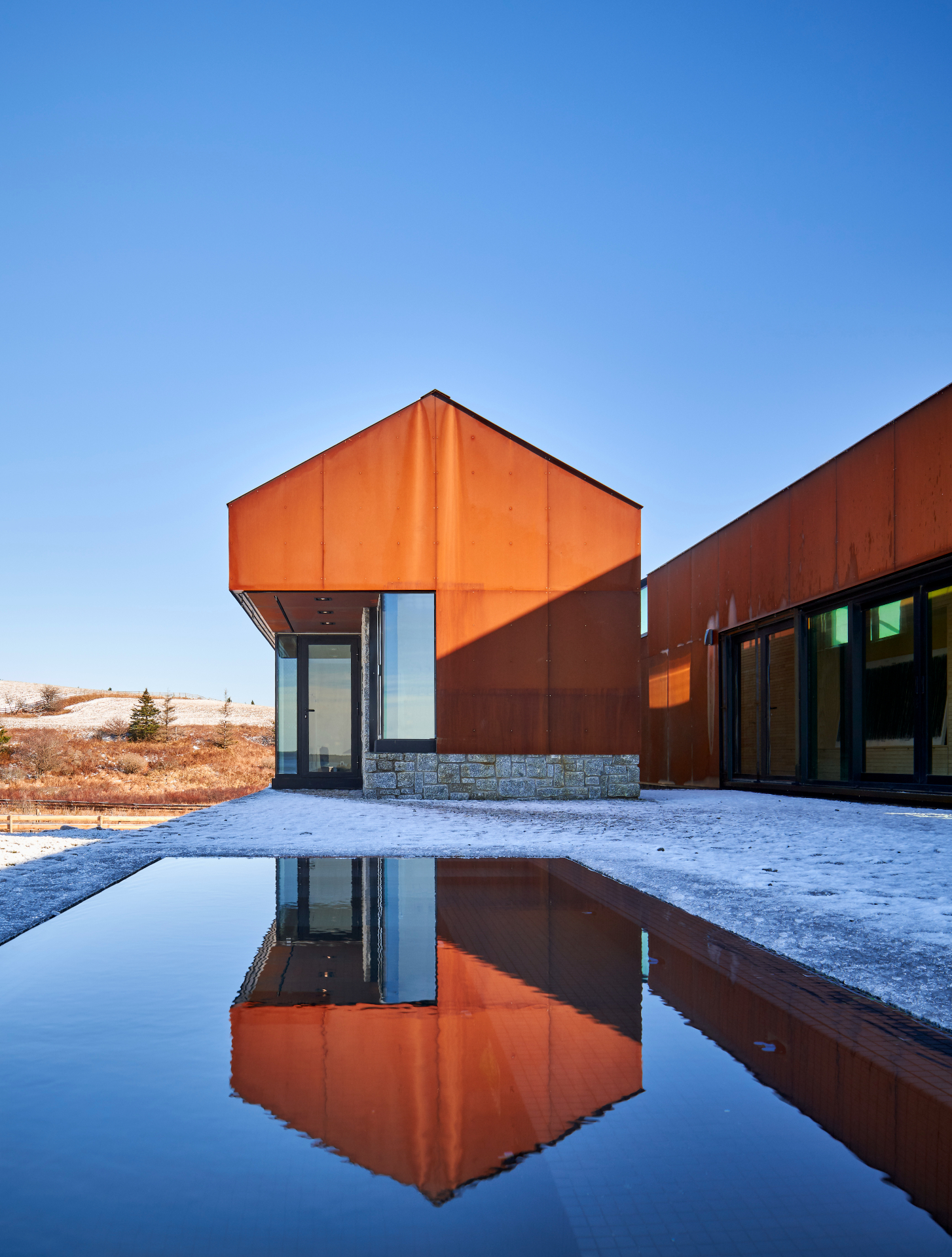

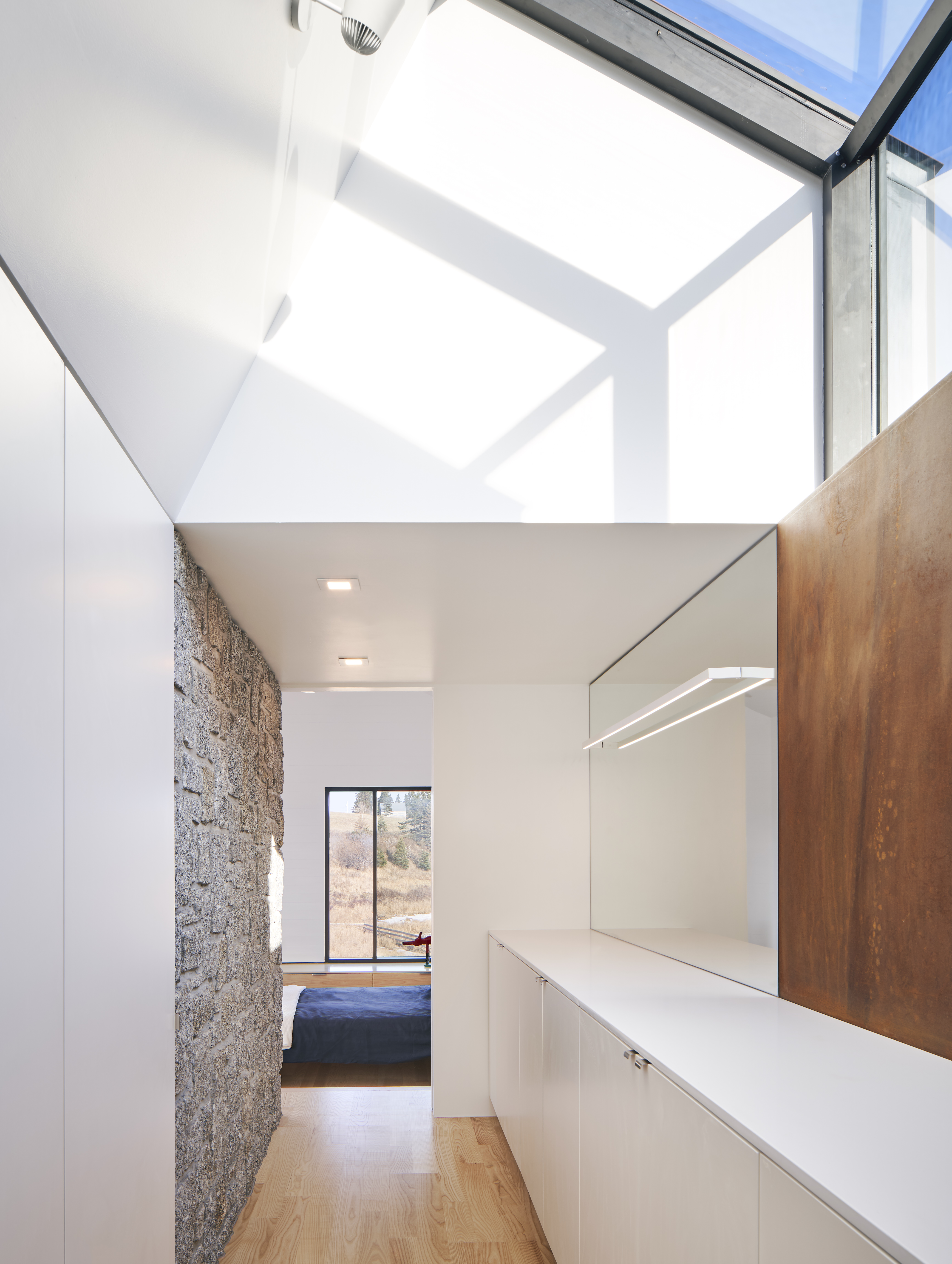
INFORMATION
Receive our daily digest of inspiration, escapism and design stories from around the world direct to your inbox.
Ellie Stathaki is the Architecture & Environment Director at Wallpaper*. She trained as an architect at the Aristotle University of Thessaloniki in Greece and studied architectural history at the Bartlett in London. Now an established journalist, she has been a member of the Wallpaper* team since 2006, visiting buildings across the globe and interviewing leading architects such as Tadao Ando and Rem Koolhaas. Ellie has also taken part in judging panels, moderated events, curated shows and contributed in books, such as The Contemporary House (Thames & Hudson, 2018), Glenn Sestig Architecture Diary (2020) and House London (2022).
-
 The best way to see Mount Fuji? Book a stay here
The best way to see Mount Fuji? Book a stay hereAt the western foothills of Mount Fuji, Gora Kadan’s second property translates imperial heritage into a deeply immersive, design-led retreat
-
 12 fashion figures reveal their style resolutions for the year ahead
12 fashion figures reveal their style resolutions for the year aheadAs 2025 comes to a close, we ask the Wallpaper* style community – from Willy Chavarria and Stefan Cooke to Craig Green and Torishéju Dumi – their New Year's resolutions
-
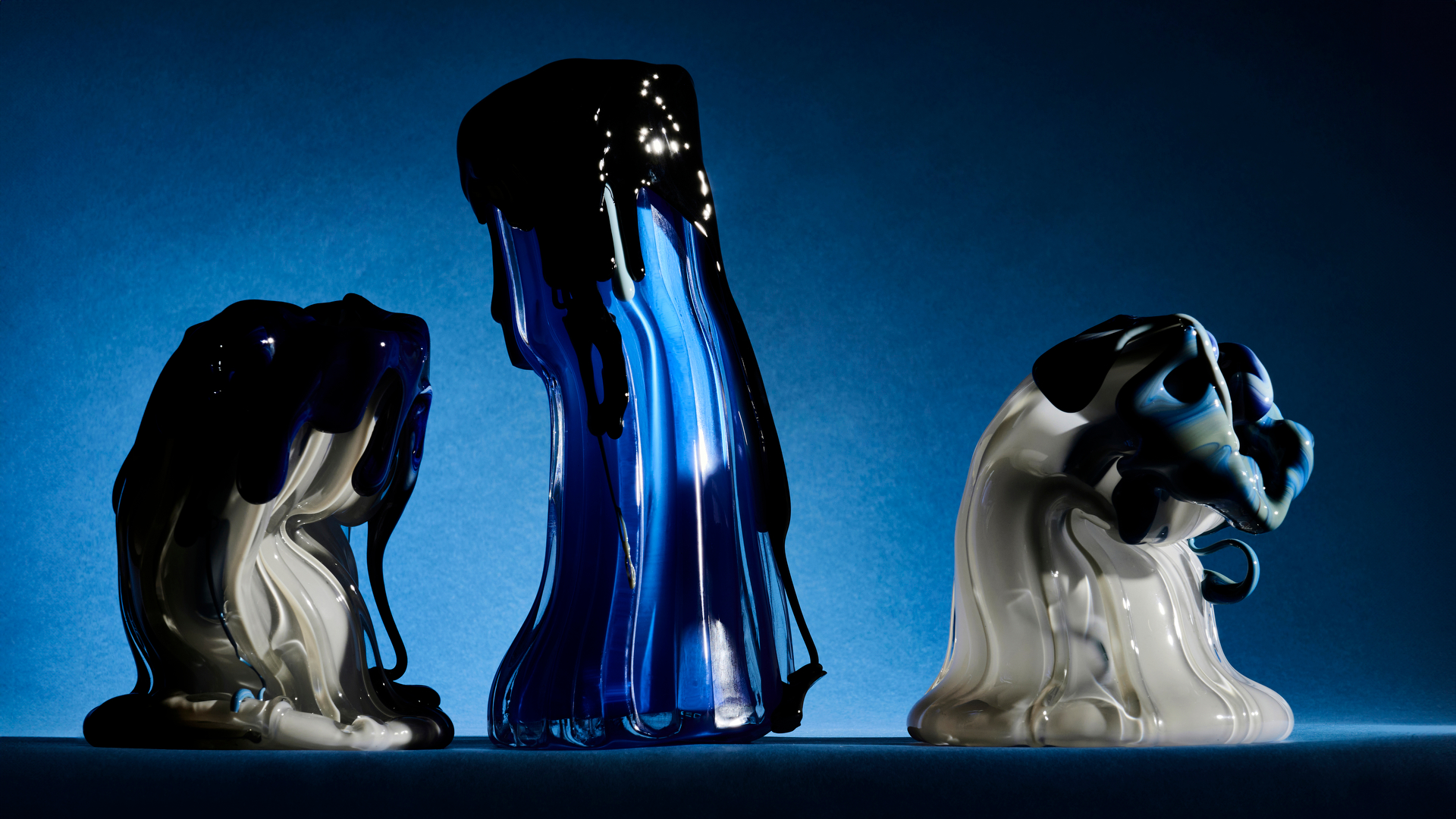 Glass designer Silje Lindrup finds inspiration in the material's unpredictability
Glass designer Silje Lindrup finds inspiration in the material's unpredictabilityWallpaper* Future Icons: Danish glassmaker Silje Lindrup lets the material be in charge, creating a body of work that exists between utility and experimentation
-
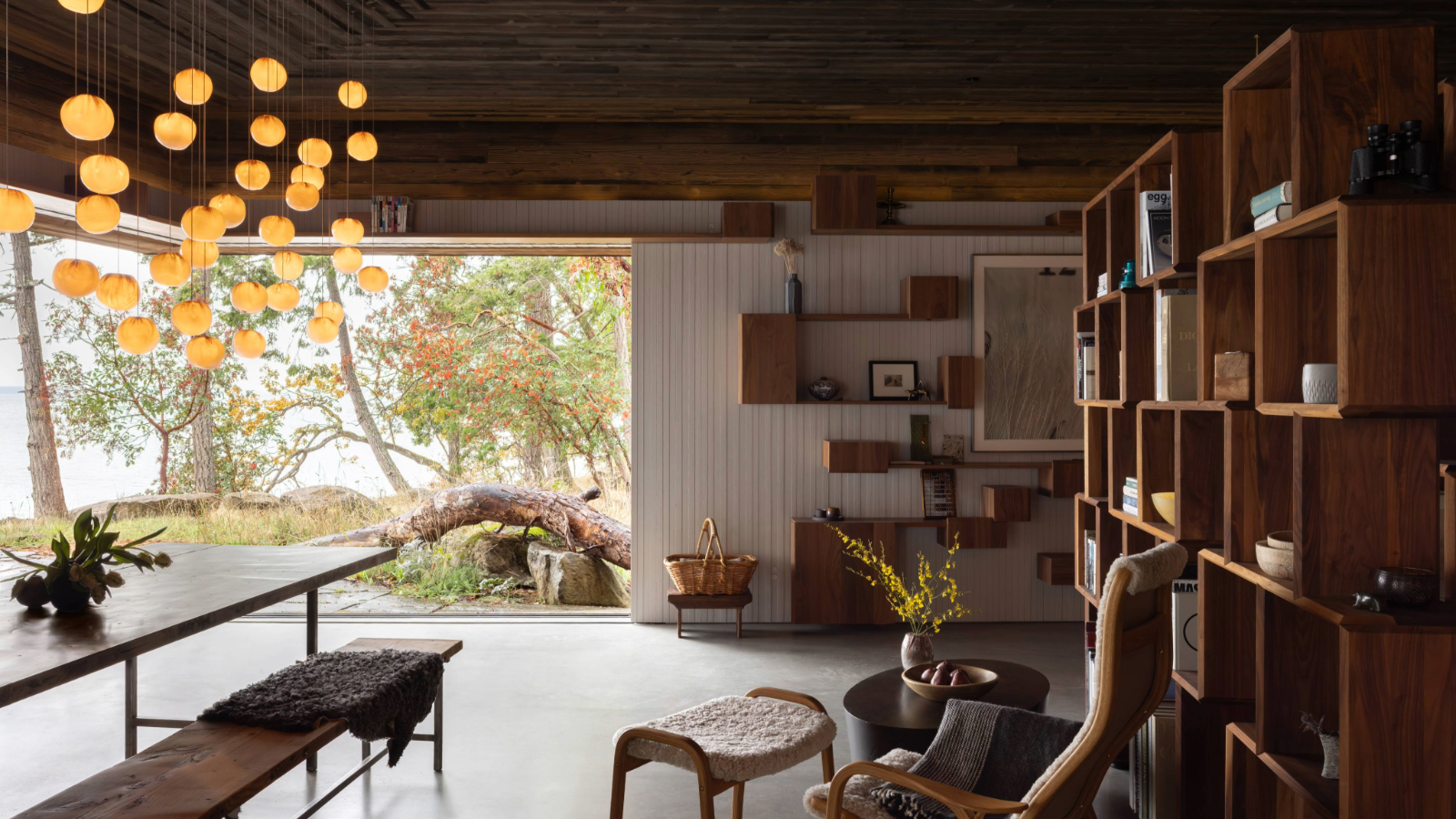 This retreat deep in the woods of Canada takes visitors on a playful journey
This retreat deep in the woods of Canada takes visitors on a playful journey91.0 Bridge House, a new retreat by Omer Arbel, is designed like a path through the forest, suspended between ferns and tree canopy in the Gulf Island archipelago
-
 The Architecture Edit: Wallpaper’s houses of the month
The Architecture Edit: Wallpaper’s houses of the monthFrom Malibu beach pads to cosy cabins blanketed in snow, Wallpaper* has featured some incredible homes this month. We profile our favourites below
-
 Explore the riches of Morse House, the Canadian modernist gem on the market
Explore the riches of Morse House, the Canadian modernist gem on the marketMorse House, designed by Thompson, Berwick & Pratt Architects in 1982 on Vancouver's Bowen Island, is on the market – might you be the new custodian of its modernist legacy?
-
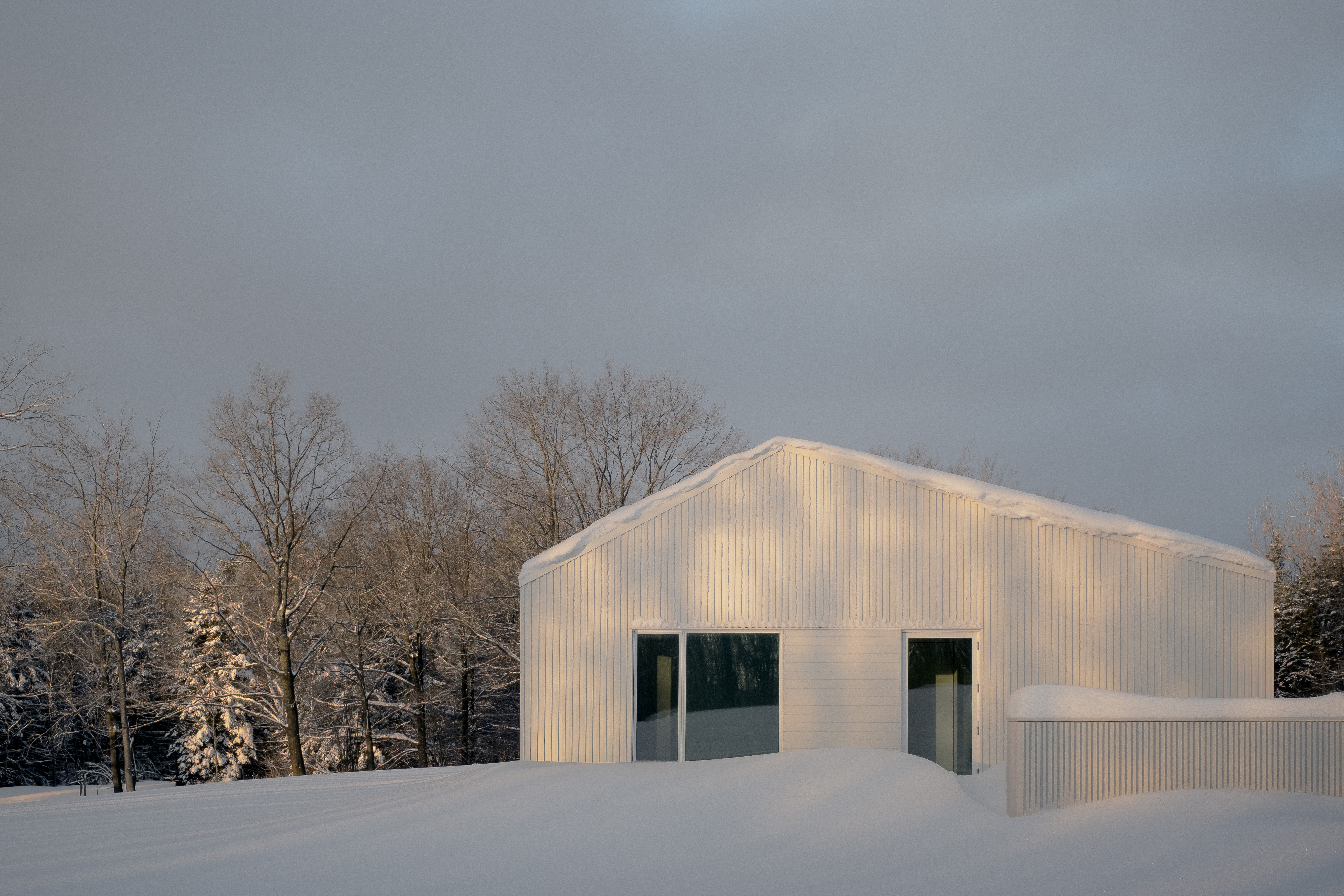 Cosy up in a snowy Canadian cabin inspired by utilitarian farmhouses
Cosy up in a snowy Canadian cabin inspired by utilitarian farmhousesTimbertop is a minimalist shelter overlooking the woodland home of wild deer, porcupines and turkeys
-
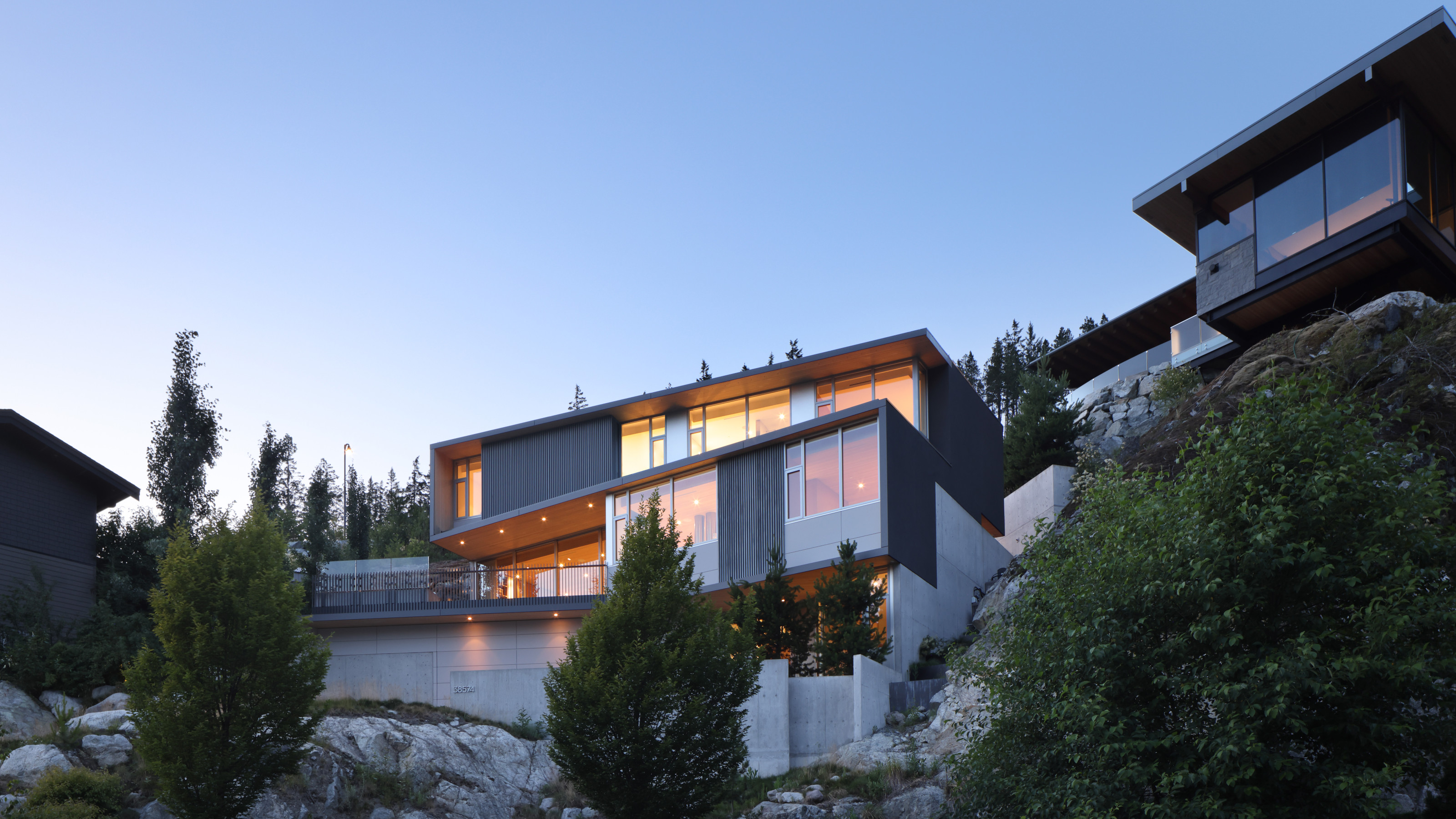 Buy yourself a Sanctuary, a serene house above the British Columbia landscape
Buy yourself a Sanctuary, a serene house above the British Columbia landscapeThe Sanctuary was designed by BattersbyHowat for clients who wanted a contemporary home that was also a retreat into nature. Now it’s on the market via West Coast Modern
-
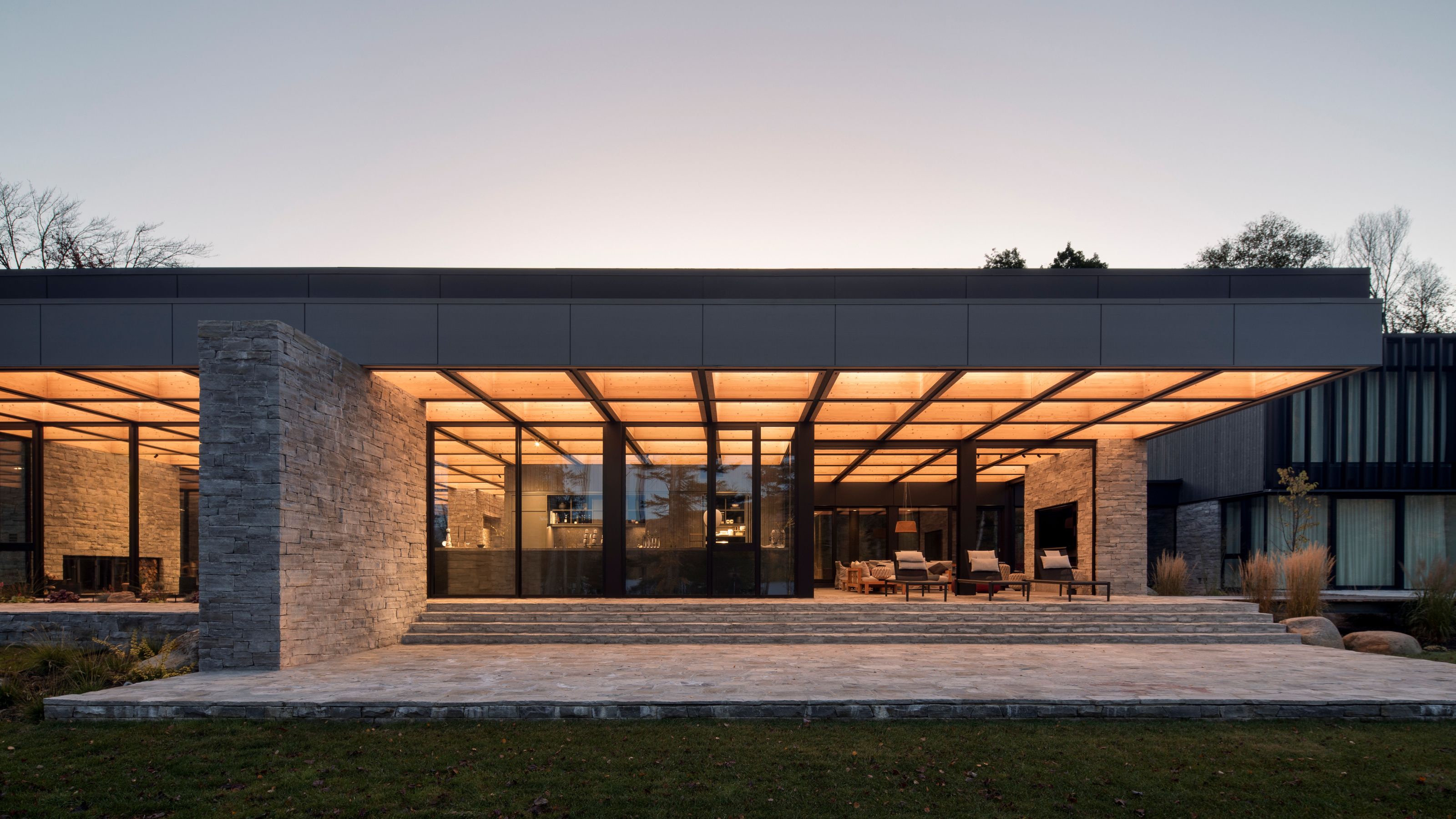 La Maison de la Baie de l’Ours melds modernism into the shores of a Québécois lake
La Maison de la Baie de l’Ours melds modernism into the shores of a Québécois lakeACDF Architecture’s grand family retreat in Quebec offers a series of flowing living spaces and private bedrooms beneath a monumental wooden roof
-
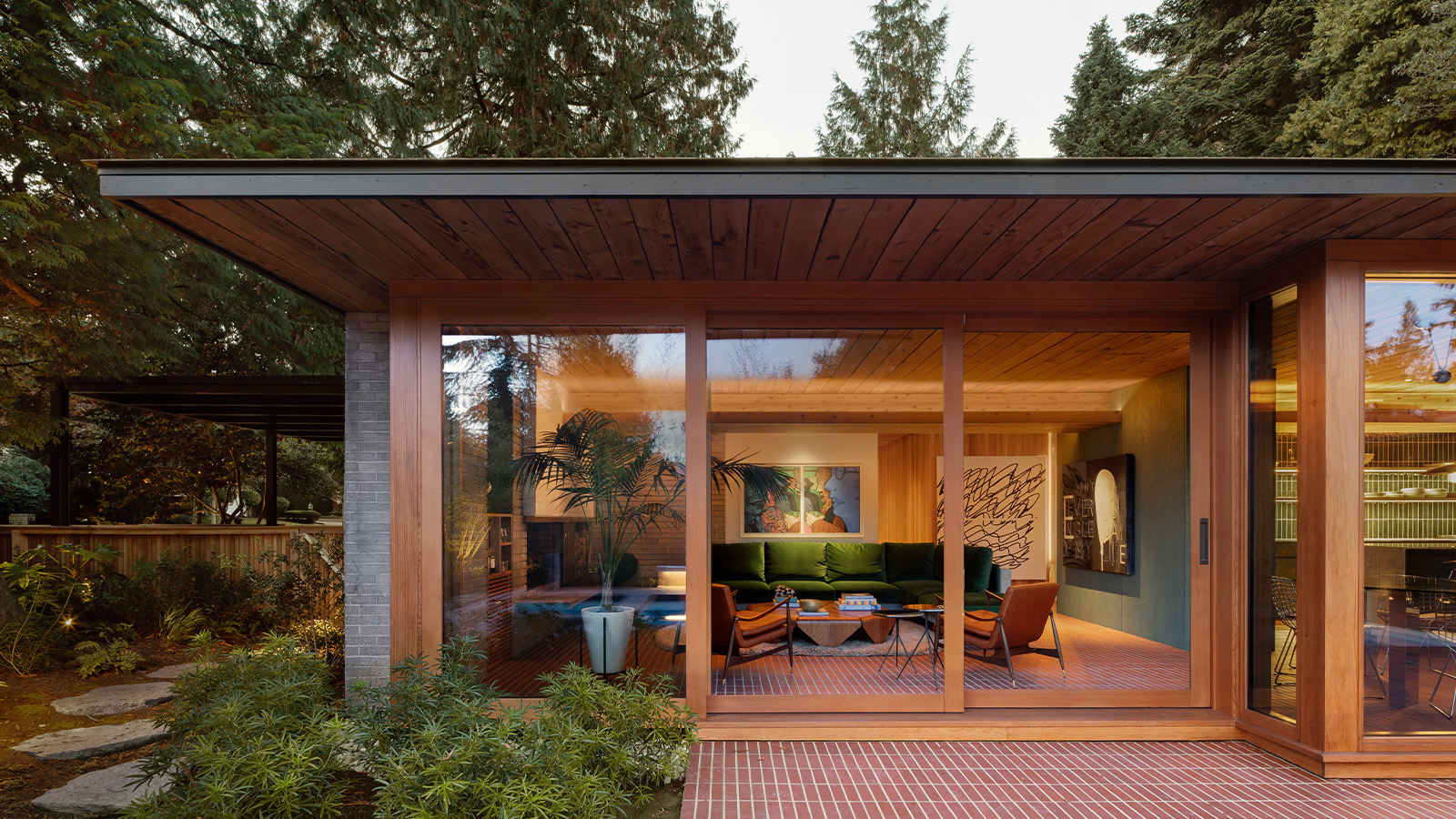 Peel back maple branches to reveal this cosy midcentury Vancouver gem
Peel back maple branches to reveal this cosy midcentury Vancouver gemOsler House, a midcentury Vancouver home, has been refreshed by Scott & Scott Architects, who wanted to pay tribute to the building's 20th-century modernist roots
-
 A spectacular waterside house in Canada results from a radical overhaul
A spectacular waterside house in Canada results from a radical overhaulSplyce Design’s Shoreline House occupies an idyllic site in British Columbia. Refurbished and updated, the structure has been transformed into a waterside retreat